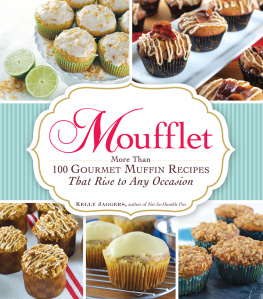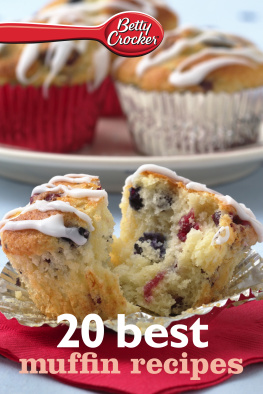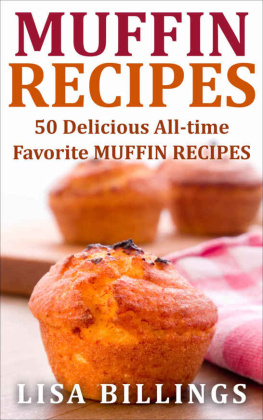ALSO BY Jean Anderson
The Doubleday Cookbook* (with Elaine Hanna)
The Family Circle Cookbook (with the Food Editors of Family Circle)
Half a Can of Tomato Paste & Other Culinary Dilemmas ** (with Ruth Buchan)
The New Doubleday Cookbook (with Elaine Hanna)
The Food of Portugal***
The New German Cookbook (with Hedy Wrz)
The American Century Cookbook
The Good Morning America Cut the Calories Cookbook (co-edited with Sara Moulton)
Dinners in a Dish or a Dash
Process This! ****
Quick Loaves
A Love Affair with Southern Cooking: Recipes and Recollections *****
Falling Off the Bone
From a Southern Oven: The Savories, The Sweets
* Winner, R.T. French Tastemaker Award, Best Basic Cookbook (1975) and Best Cookbook of the Year (1975)
** Winner, R.T. French Tastemaker Award, Best Specialty Cookbook of the Year (1980)
*** Winner, Seagram/International Association of Culinary Professionals Award, Best Foreign Cookbook of the Year (1986)
**** Winner, James Beard Cookbook Awards, Best Cookbook, Tools & Techniques Category (2003)
***** Winner, James Beard Cookbook Awards, Best Cookbook, Americana Category (2008)
Copyright 2014 by Jean Anderson
Interior photography 2014 by Jason Wyche
Food styling by Chelsea Zimmer
Prop styling by Kira Corbin
All rights reserved.
For information about permission to reproduce selections from this book, write to Permissions, Houghton Mifflin Harcourt Publishing Company, 215 Park Avenue South, New York, New York 10003.
www.hmhco.com
Library of Congress Cataloging-in-Publication Data
Anderson, Jean.
Mad for muffins : 70 amazing muffin recipes from savory to sweet / Jean Anderson.
pages cm
ISBN 978-0-544-22568-8 (hardback); 978-0-544-30706-3 (ebook)
1. Muffins. I. Title.
TX770.M83A53 2014
641.8157dc23
2014016314
Print book design by Kara Plikaitis
v1.1014

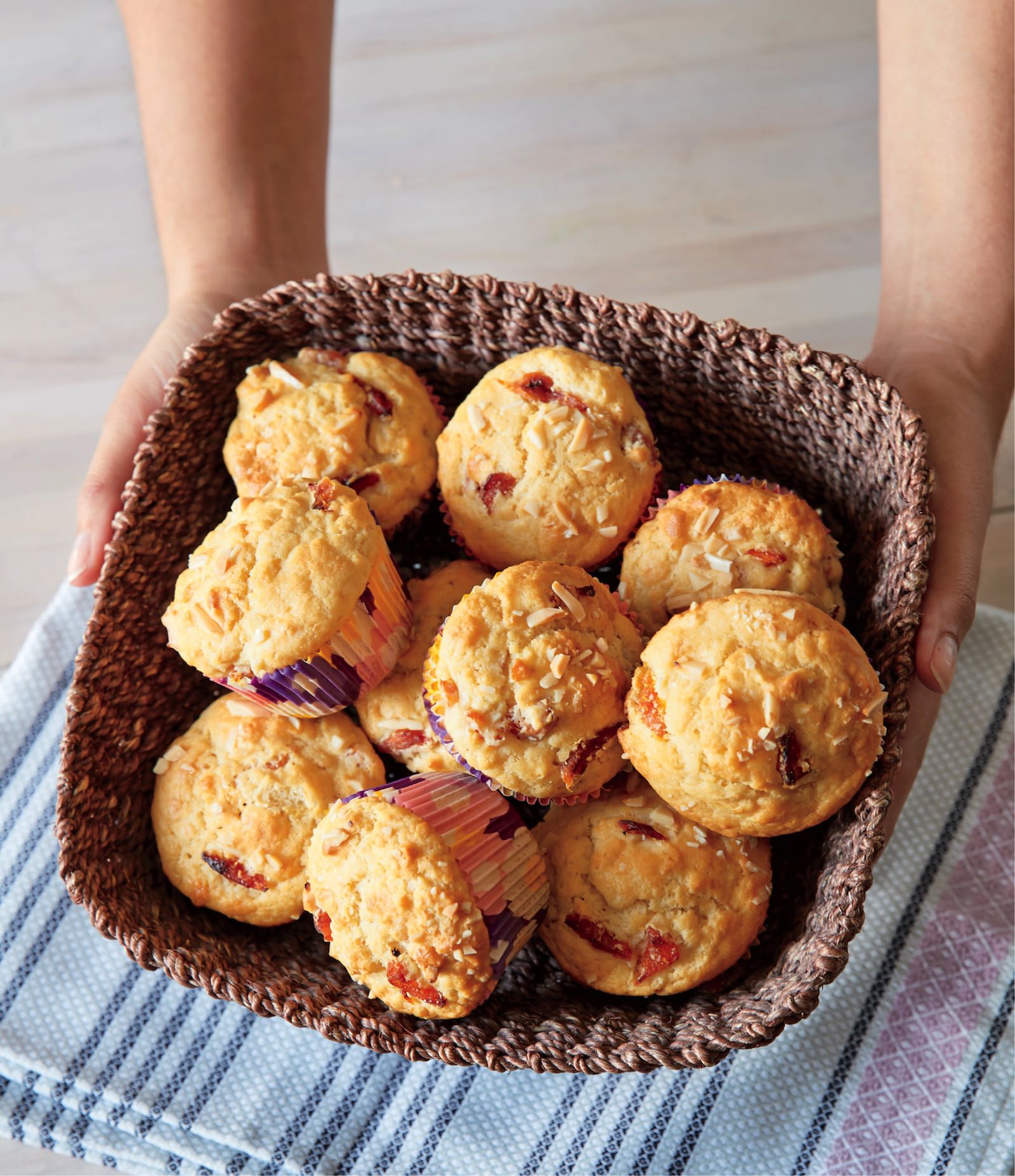

First of all, profound and ongoing thanks to good friend and colleague, Joanne Lamb Hayes, for a Herculean assist in developing and testing recipes for this book. Joanne and I speak the same recipe language, both of us having done time in the New York test kitchens of major magazines (Ladies Home Journal, Family Circle, Country Living) and before that months, years even, in university food chemistry and physics labs.
Speaking of which, a salute to my long-ago Cornell professor Faith Fenton, who unraveled the mysteries of food chemistry, saw research potential in me, and made me an assistant in her own lab. Sorry to have detoured into food journalism, Dr. Fenton, but to be honest, I never had the temperament or patience to become the ace researcher that you were. You never knew how close I came to blowing up your ferociously expensive, hand-blown glass Rube Goldbergian micro-Kjeldahl unit one day while conducting protein analyses.
Huge thanks, too, to my editor, Justin Schwartz, who has both the eye of an editor and an artist. He attends every photo shoot, rare among book editors.
Finally, thanks to my savvy, persistent agent, David Black, who found the perfect home for this book. Hes my rock and voice of reason in todays precarious world of book publishing.
My mother wasnt a fancy cook but she was a good cook who baked yeast breads and rolls and muffins. Lots of muffins. For breakfast almost always and sometimes for midday dinner and supper as well.
Muffins are quick, and muffins are easy and practically foolproof if a few simple rules are followed. For these reasons, Mother taught me how to make muffins before moving on to more complex cakes and cookies. I couldnt have been more than four at the time, at least I know that I hadnt learned to read well enough to follow a recipe.
I remember those early lessons well and in particular the reason why muffins are so quick, so easy: Dry ingredients combined in one bowl, wets in a second, then the two mixedbut barely. This is key if muffins are to be fine and feathery. The wets and drys should be mixed only enough to combine; in fact muffin batters should be lumpy with flecks of flour clearly visible. If not, your muffins will be peaked and rubbery and riddled with tunnels.
I began with a no-nonsense muffin, no frills, what I call , equally easy except for pitting the sticky dates and snipping them into little pieces (oh, for the pre-snipped dates every supermarket now sells).
With Mother there to coach me, I learned to sift and measure flour in the proper dry measuring cups (we called these little nested cups Mary Annes). I loved the way they stacked: the cup measure tucked into the cup, those two tucked into the cup, then all three neatly housed in the 1 cup measure.
I learned, too, that spouted glass measures were for liquidsmilk, vegetable oils, molasses, syrups, fruit juices, and such. And even more important, that they should never be used for flours, sugars, meals, and other dry ingredients because it is impossible to measure them accuratelyno filling to the top, then scooping off the excess as I had learned to do with the Mary Annes.
Muffins launched me into the world of baking and Id barely soloed before I was improvising with the basic recipes I now considered boring. My itch to improvise has never waned, in fact my reason for writing MAD FOR MUFFINS was to create a portfolio of muffins that captured the unusual, often seductive flavors Id discovered as a food and travel writer constantly on assignmentin Europe, Africa, Asia, the Middle East, South America.
So why not the curries and chutneys of India captured in a muffin? The lemongrass of Thailand? The coconut milk of half a dozen Asian countries? The falafel and hummus of the Middle East? The sun-dried tomatoes, pepperoni, and exquisite cheeses of Italy?
And how could I neglect the peppery accents of our own Southwest... the whole-wheats and ryes, other grains and brans of the prairie states... the silken stone-ground cornmeals of the South, to say nothing of its twenty-four-karat sweet potatoes... the maple sugars and syrups of New England as well as its cranberries now available dried as well as fresh and frozen? Oh, yes, and the sharp Cheddars of Vermont and Wisconsin, not to mention the country hams of Kentucky, Tennessee, and Virginia.

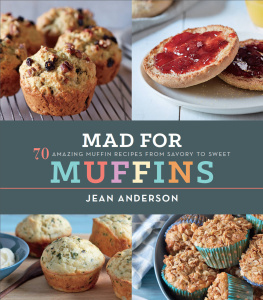
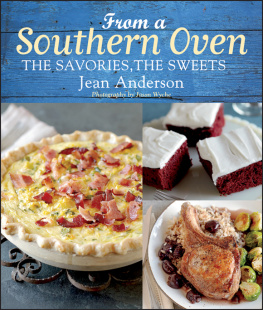
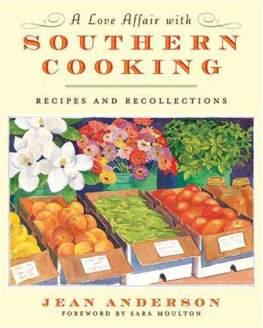
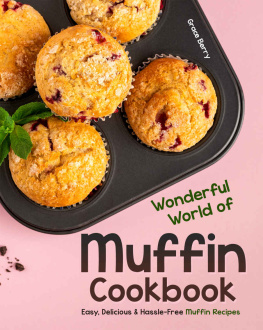
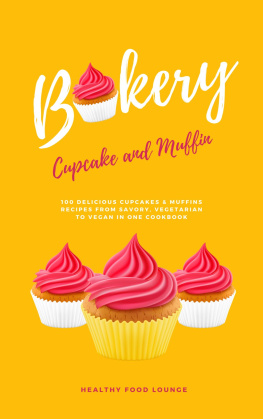
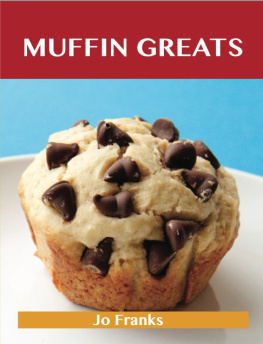
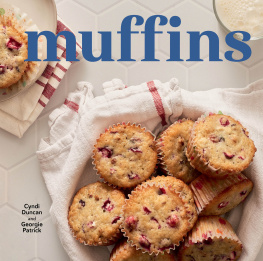

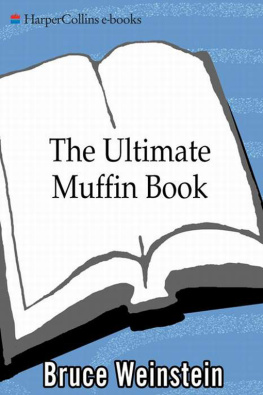
![Patrick Georgie - Muffins: [sweet & savory comfort food]](/uploads/posts/book/226088/thumbs/patrick-georgie-muffins-sweet-savory-comfort.jpg)
